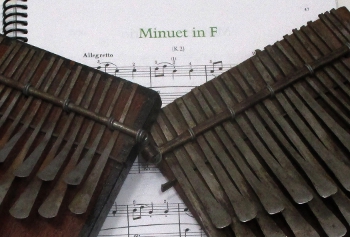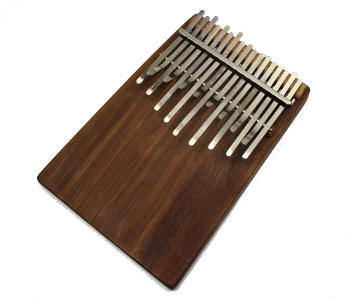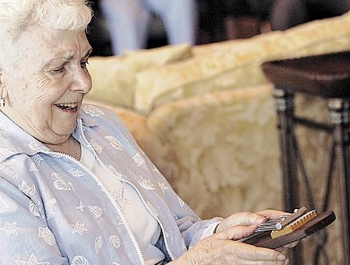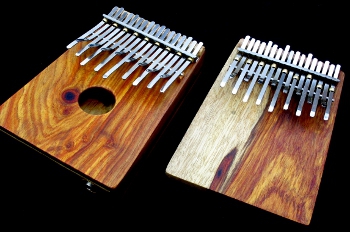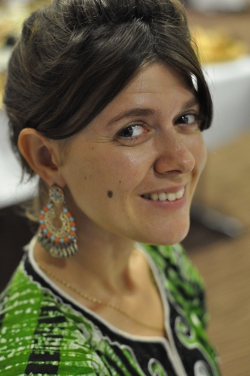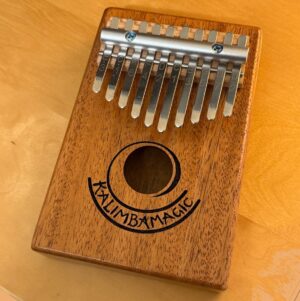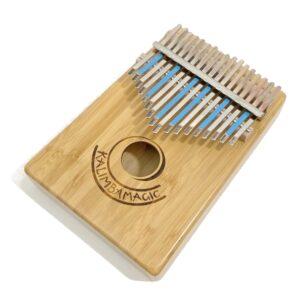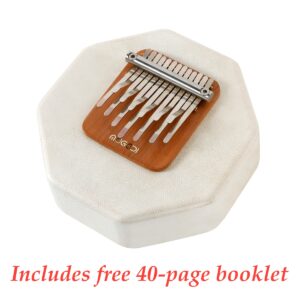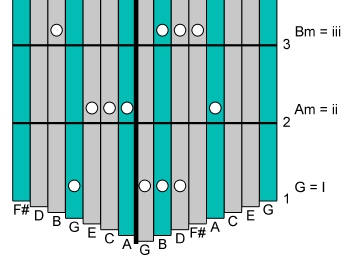
Understanding Chords – on Alto Kalimba
How to play them, what they mean, and what is I, V, and all that The essential chords on your Alto Kalimba that are playing now The kalimba, with its unique bi-directional note layout, makes playing scales a bit difficult because you have to zigzag your way up and down the tines, plucking first one on the right side, then one on the left, then the right, and working your way up or down the scale. It is easy zigzagging at the bottom of the scale, where the tines are close together in the center. The higher you go, the higher the chance of misplacing a finger, and zagging where
